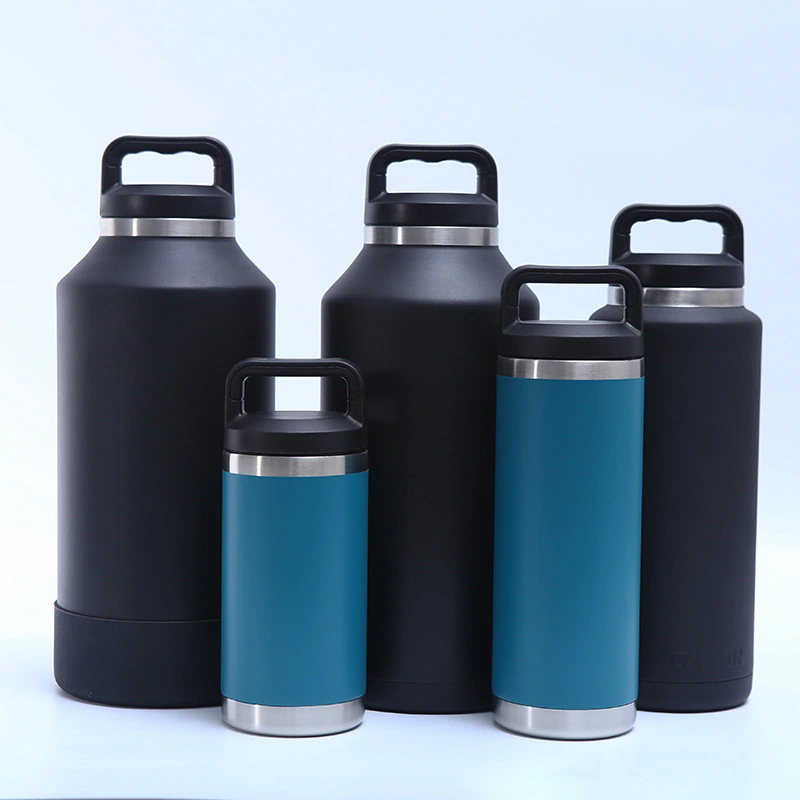- English
- Español
- Português
- русский
- Français
- 日本語
- Deutsch
- tiếng Việt
- Italiano
- Nederlands
- ภาษาไทย
- Polski
- 한국어
- Svenska
- magyar
- Malay
- বাংলা ভাষার
- Dansk
- Suomi
- हिन्दी
- Pilipino
- Türkçe
- Gaeilge
- العربية
- Indonesia
- Norsk
- تمل
- český
- ελληνικά
- український
- Javanese
- فارسی
- தமிழ்
- తెలుగు
- नेपाली
- Burmese
- български
- ລາວ
- Latine
- Қазақша
- Euskal
- Azərbaycan
- Slovenský jazyk
- Македонски
- Lietuvos
- Eesti Keel
- Română
- Slovenski
- मराठी
- Srpski језик
What is the difference between a vacuum flask and an insulated flask?
2024-07-27
The difference between a vacuum flask and an insulated flask primarily lies in their mechanisms for maintaining temperature and the materials used in their construction.
A vacuum flask, also commonly referred to as a Thermos flask or Thermos bottle, utilizes a vacuum layer between its inner and outer walls. This vacuum layer, as the name suggests, is nearly devoid of air, creating an effective barrier that minimizes heat transfer through conduction and convection.
The absence of air in the vacuum layer significantly reduces heat loss, allowing the flask to keep liquids hot or cold for extended periods.
Vacuum flasks are typically made of durable materials such as stainless steel, which is resistant to corrosion and provides excellent insulation.
The vacuum layer is created during the manufacturing process, ensuring a high level of insulation efficiency.
Vacuum flasks are known for their exceptional insulation properties, often capable of maintaining the temperature of liquids for several hours or even longer.

An insulated flask also aims to maintain the temperature of its contents but does so through the use of insulating materials rather than a vacuum layer.
These materials, such as foam, double-walled glass, or specialized insulation layers, work to slow down heat transfer through conduction, convection, and sometimes radiation.
Insulated flasks can be made of various materials, including stainless steel, glass, and even plastic, depending on the intended use and desired level of insulation.
The insulating materials are often chosen for their ability to minimize heat loss while remaining lightweight and durable.
Efficiency:
While insulated flasks can effectively maintain the temperature of liquids, their insulation capabilities are generally not as robust as those of vacuum flasks.
Depending on the specific design and materials used, an insulated flask may not be able to keep liquids hot or cold for as long as a vacuum flask.
T
he primary difference between a vacuum flask and an insulated flask lies in their insulation mechanisms and materials. Vacuum flasks utilize a vacuum layer to minimize heat transfer, providing exceptional insulation capabilities, while insulated flasks rely on insulating materials to slow down heat transfer, often with more modest results.



